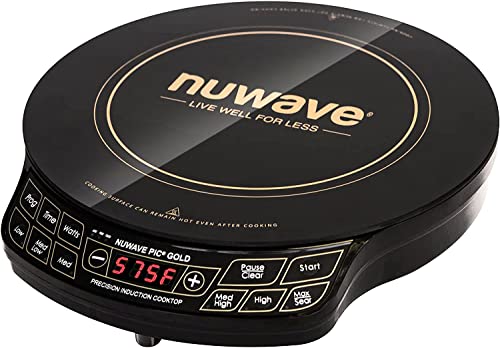Almost There said:Doesn't matter if it's a cargo van or a window van. The insulation that is put in the conversion vans is inferior at best and the design layout they use takes up ever so much space that is wasted. Any van I've seen that's over a few years old could probably do best with a complete strip of the interior carpet/floor mats and anything that was put inside of it on the walls anyways.
If all the windows are what a person wants then buying a window van makes sense. I've had both and truthfully all the windows just meant more heat entry on a hot day unless you block them up with reflectix. If you do that you defeat the purpose of having a window van and you may as well have bought a cargo van. OTOH it's nice to have all those windows to look out of on a nice day or sitting inside on a rainy day.
When shopping for a van there are far more important things to consider than how many windows it does or doesn't have....like mechanical and body condition, mileage and price for starters! Windows can always be added if you really need them.
Now if I was buying a motorhome, I'd be way more picky about the number, size and placement of the windows!!
None of the insulation designs that I see posted anywhere are good for either you or your vehicle, and most conversion vans started out life as cargo vans, which explains their poor MPG and mold/rust problems.
As far as covering windows to keep the heat out, that's what shade is for.
In a house, the insulation is vented. This is the only proper way to do it. A vehicle is a much more challenging job than a house due to condensation on the inside of the metal skin, ceiling, and floor. It is impossible to prevent this condensation from occurring, but it is very easy to trap it, allowing it to cause mold and rust.
If you look in most passenger vehicles, they will have weep holes to accommodate the air circulation to the interior skin and also drain off any accumulated water. If these get blocked, that is when you start getting the rust at the bottoms of the doors and rocker panels. It is almost impossible to add these later, because unless you can get to the inside to paint it, you will wind up with exposed metal, which of course will lead to rust issues. Cargo vans don't typically have these.
If you can't vent the interior skin and insulation to the outside, then it has to be vented to the inside, but to have a successful installation, it HAS to be vented.
If you look at a passenger vehicle, they will typically have a heavy fibrous, wicking, mold/mildew proof pad on the floor, topped by carpet. These are designed to wick the moisture away from the skin and up through the carpet to dry. You're not going to improve on that system in any way. The heavy paper type material you will find inside the interior panels, is also a wicking material to draw that moisture away from the metal skin. The vehicle manufacturers have spent millions on perfecting the solutions to moisture and insulation problems to insure the comfort of passengers. Anybody that thinks they can improve upon this is only fooling themselves and others.
The semi dead air space created between the interior panels and the outer skin is in itself good insulation. One of the simple facts that never get talked about much is that all important air space for the insulation to work properly. The truth is that the dead air space is what IS providing the insulating quality, not the insulation they want to sell you.









































































